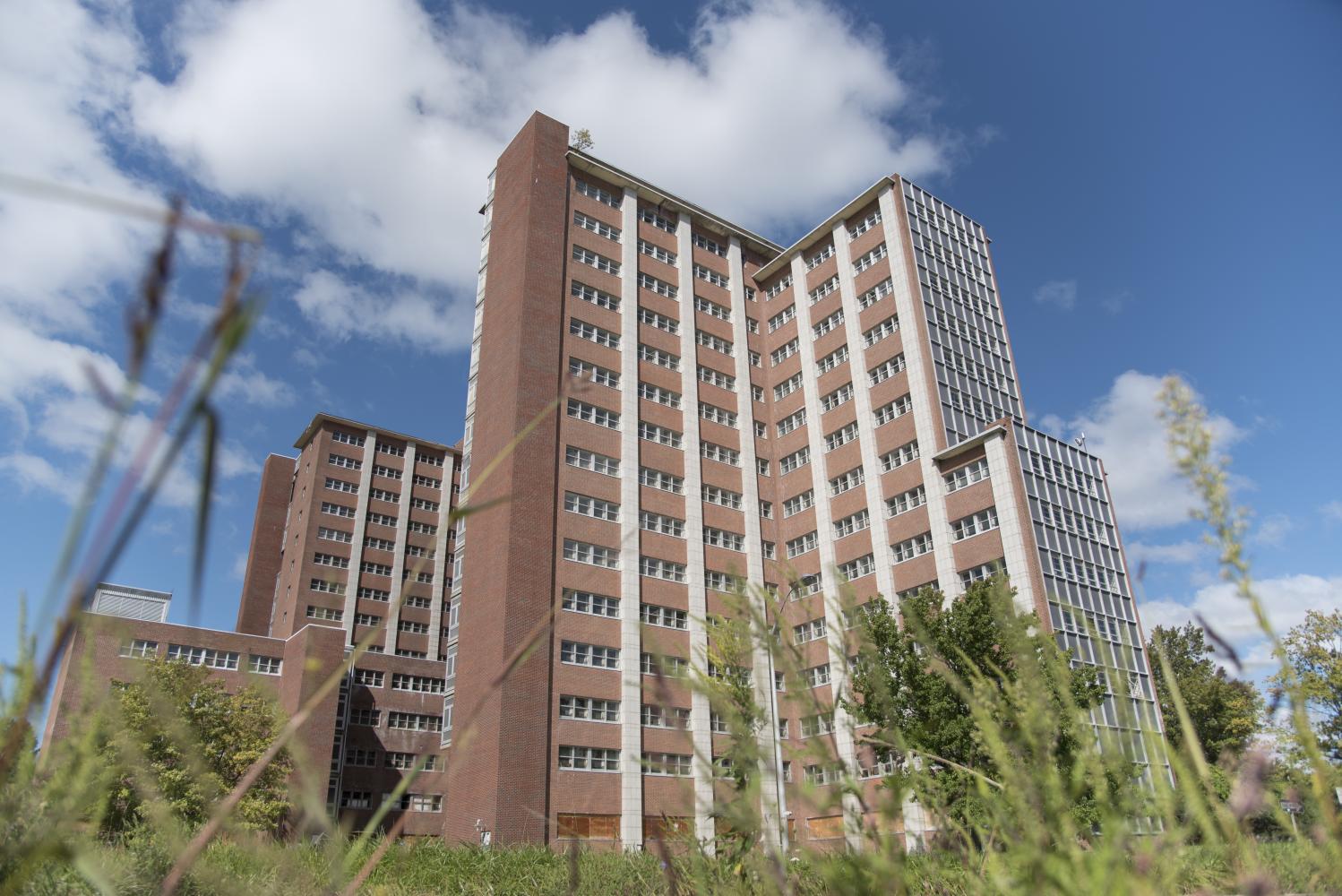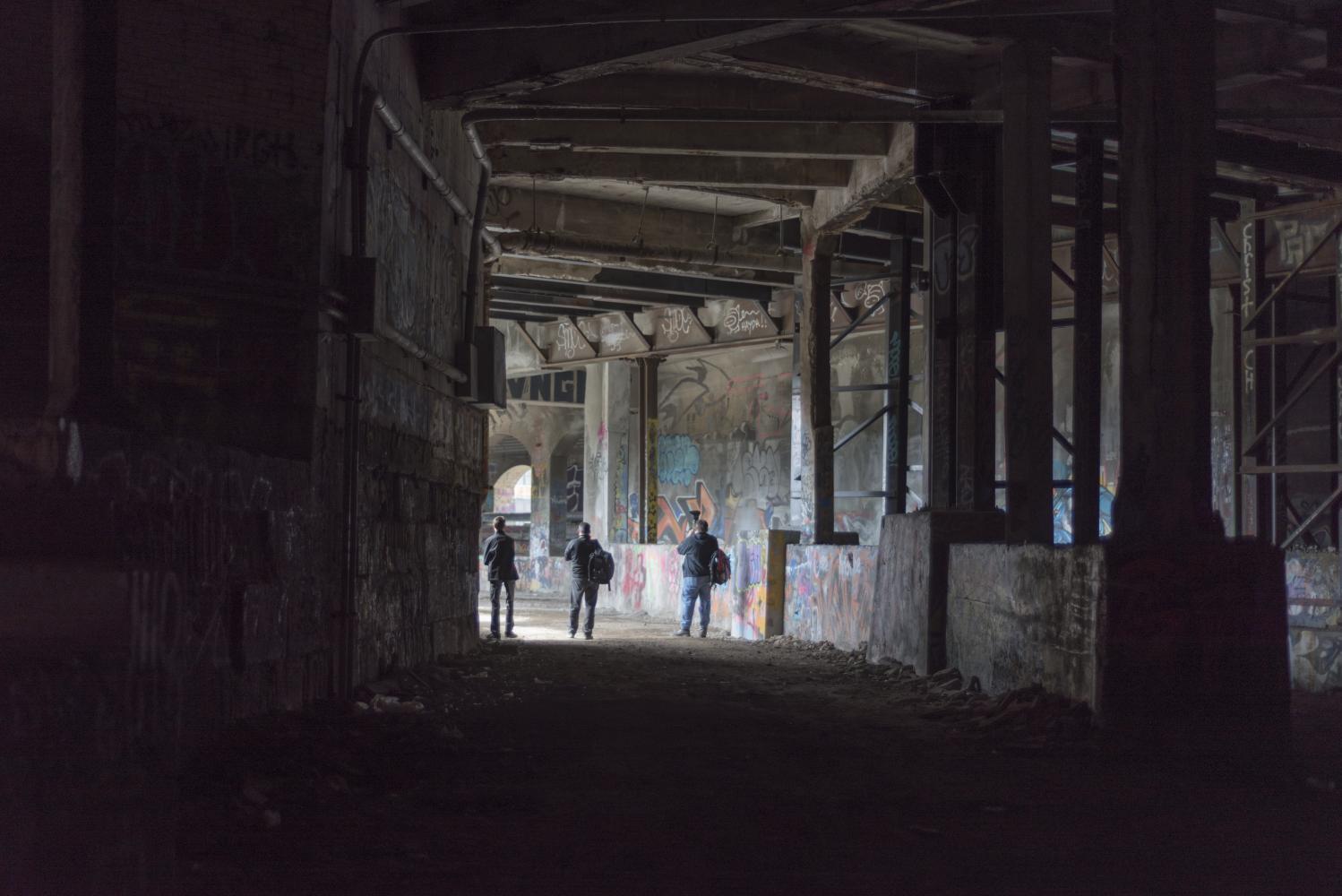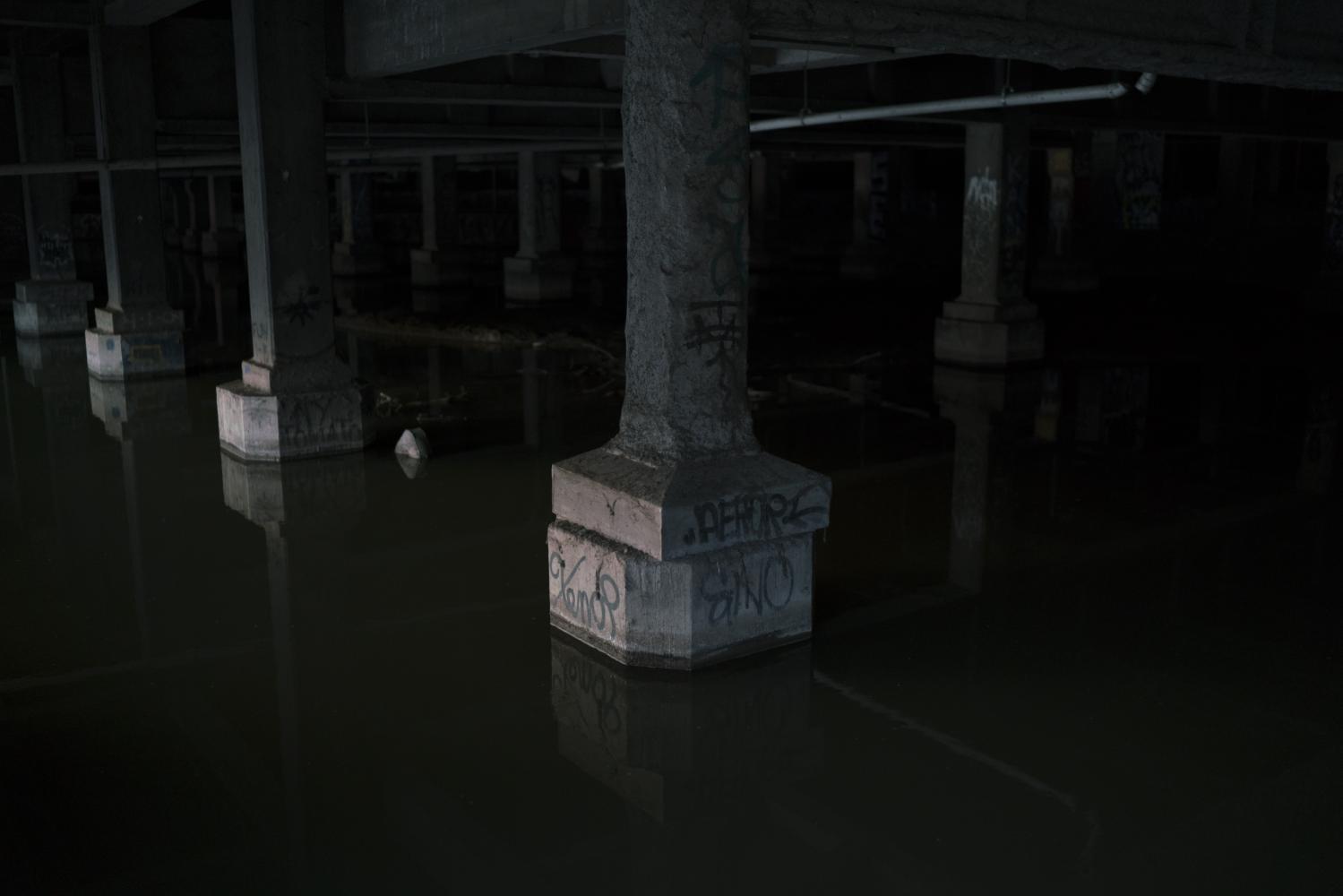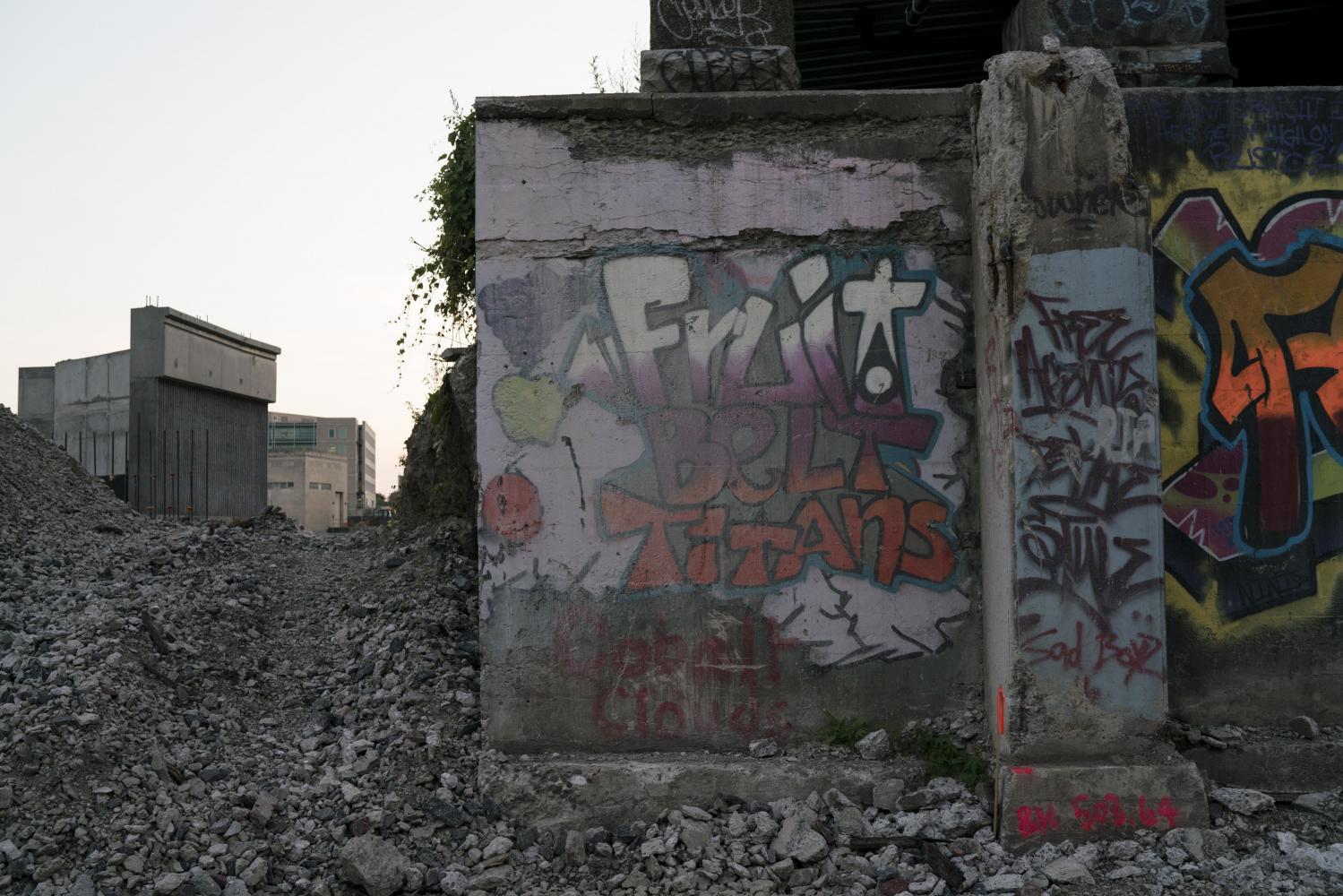Documenting History With Urban Exploration
by Grace Blondell | published Oct. 17th, 2017
In recent years, thousands of American cities have been striving to create an antithesis to the suburban sprawl
Urban exploration is an ephemeral art, constantly evolving in a cyclical nature as buildings are constructed, abandoned, explored, then demolished to make way for new establishments.
“Cities are dynamic spaces ... there’s a dynamism about human habitation in urban areas, where change is a constant — it changes with the market, it changes with people’s wants and desires, it changes with people’s expectations about their own lifestyles,” said professor M. Ann Howard from the Science, Technology and
“We’re following a pattern that’s very common in cities like Rochester, where focusing on downtown will inspire more people living, working, playing downtown and all of the opportunities that result from that — I think those are all positives,” Howard said.
However, she emphasizes the importance of balancing new development with the preservation of history. Howard acknowledges Rochester’s commitment to restoring and retrofitting historic buildings, particularly those on Main Street.
“This is an important statement not just about our history, but it’s an important statement about preserving the architectural aesthetic of a downtown ... these are magnificent buildings and they add something to the treescape that modern construction doesn’t add,” said Howard.
For Howard, one of the most tragic changes in the City of Rochester was the demolition of the Claude Bragdon Railway Station (Union Station) on Central Ave. in 1965, which occurred at a time when transportation by train was changing. But more recently, several other significant transformations have occurred downtown. They include the retrofitting of the Sibley Building (which converted a former major regional department store into a mixed-use building), the razing of RG&E’s Beebee Power Plant near High Falls and the demolition of a section of the former subway bed this past spring.
While urban exploration is frowned upon by many for its illegal nature and the vandalism that often occurs, it has become an effective way to help preserve the history and culture of places like this long after they’ve been removed from the landscape.
“In places ... that are undergoing unprecedented changes to the built environment, urban explorers are often the only people to document sites before they are demolished, providing a visual and ethnographic record of a site and sparking discussion about future preservation needs,” wrote Kaeleigh Herstad, a Ph.D. candidate in Indiana University’s Department of Anthropology. Explorers are interested in understanding history and documenting the life cycle of structures to “[take] stock of and [acknowledge] loss when city officials would rather focus on ‘progress’ and redevelopment," according to Herstad.
For Rochester, explorers have been able to immortalize the history of the Beebee complex and the subway, both abandoned for decades. With the demolition of Terrence Tower — the abandoned, 16-story structure formerly part of the Rochester Psychiatric Center — scheduled for 2018, another site rampant with history will soon be eternalized in the photos taken and stories 







